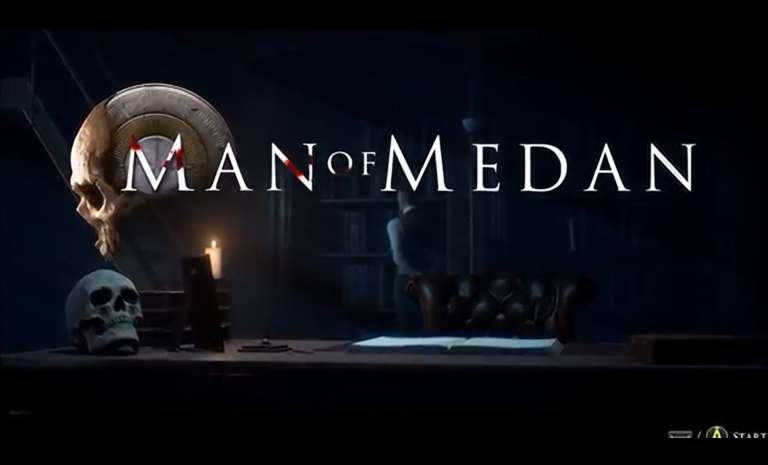


Research Technologies Each new discovery will make it easier for the settlement to be able to support larger populations, but will also bring in more new challenges such as increased food demand, morale issues, and more frequent raider attacks. Construct fortifications and craft weapons, so you are ready for when the inevitable conflict comes. Expand and fortify your settlement Build more homes and facilities for your people, in order to expand your population. When winter comes, the player must make sure to have enough non-perishable food and warm clothing in order for the settlement to survive. Plan for harsh times Fish is more abundant during the spring, berries and fruit can be collected during summer and animals are easier to come by when it's warm.

These resources help them to prepare food, to make tools and to build structures in their settlement. Gather There are a variety of resources that can be collected from the environment such as fruit, berries, water, wood, flint, stone, and ores. Confront Mammoths, Woolly Rhinos, Ancient Bison, Megaloceros, Cave Lions and other species that roamed the earth at the time. They use the meat to feed their people and the skin and bones to make clothing and craft the tools that they will need to stay alive. Linder Bequest BP.876(I).Information Hunt Animals were the vital source of food and resources for the ancient humans. Illustrated letter, from Beatrix Potter to Walter Gaddum, 6 March 1897, ink on paper. © Victoria and Albert Museum, London, courtesy Frederick Warne & Co Ltd Tailor of Gloucester endpaper, by Beatrix Potter, December 1903. © Victoria and Albert Museum, Londonĭrawing of a hedgehog, assumed to be Mrs Tiggy, by Beatrix Potter, about 1904. Man's court waistcoat, maker unknown, 1780s, English or French, inspired sketch by Beatrix Potter in 'The Tailor of Gloucester'. Watercolour, 'The Mice at Work: Threading the Needle', The Tailor of Gloucester artwork, by Beatrix Potter, 1902.
/pic2915349.jpg)
Sketch of the garden at Gwaynynog, Denbigh, by Beatrix Potter, probably March 1909, watercolour over pencil. © Victoria and Albert Museum, London, courtesy Frederick Warne & Co Ltdĭrawing, magnified studies of a ground beetle (Carabus nemoralis), by Beatrix Potter, about 1887. © Victoria and Albert Museum, London, courtesy Frederick Warne & Co Ltdīeatrix Potter, aged 15, with her dog, Spot, by Rupert Potter, about 1880 – 01. View across Esthwaite Water, by Beatrix Potter, 21 November 1909.


 0 kommentar(er)
0 kommentar(er)
